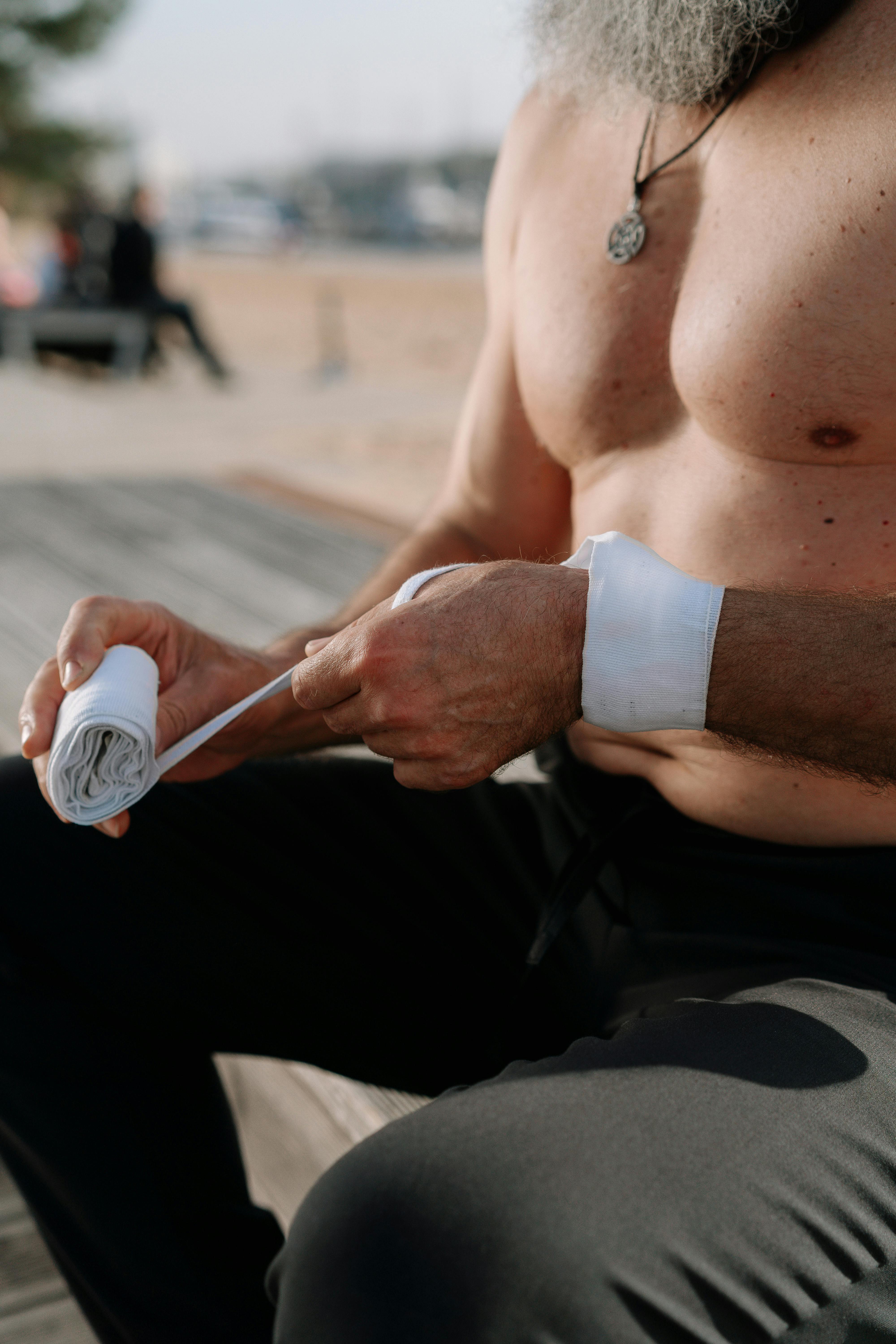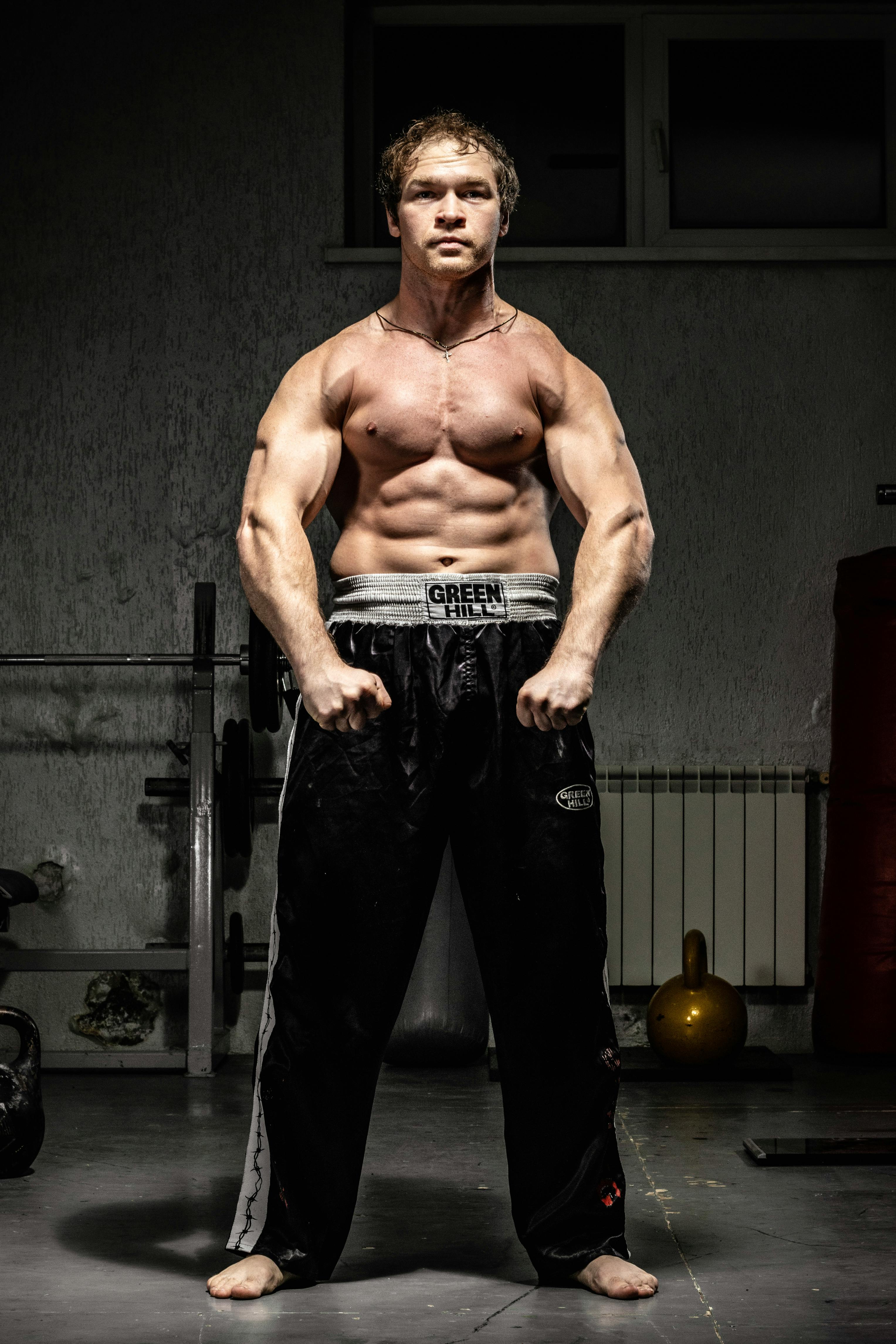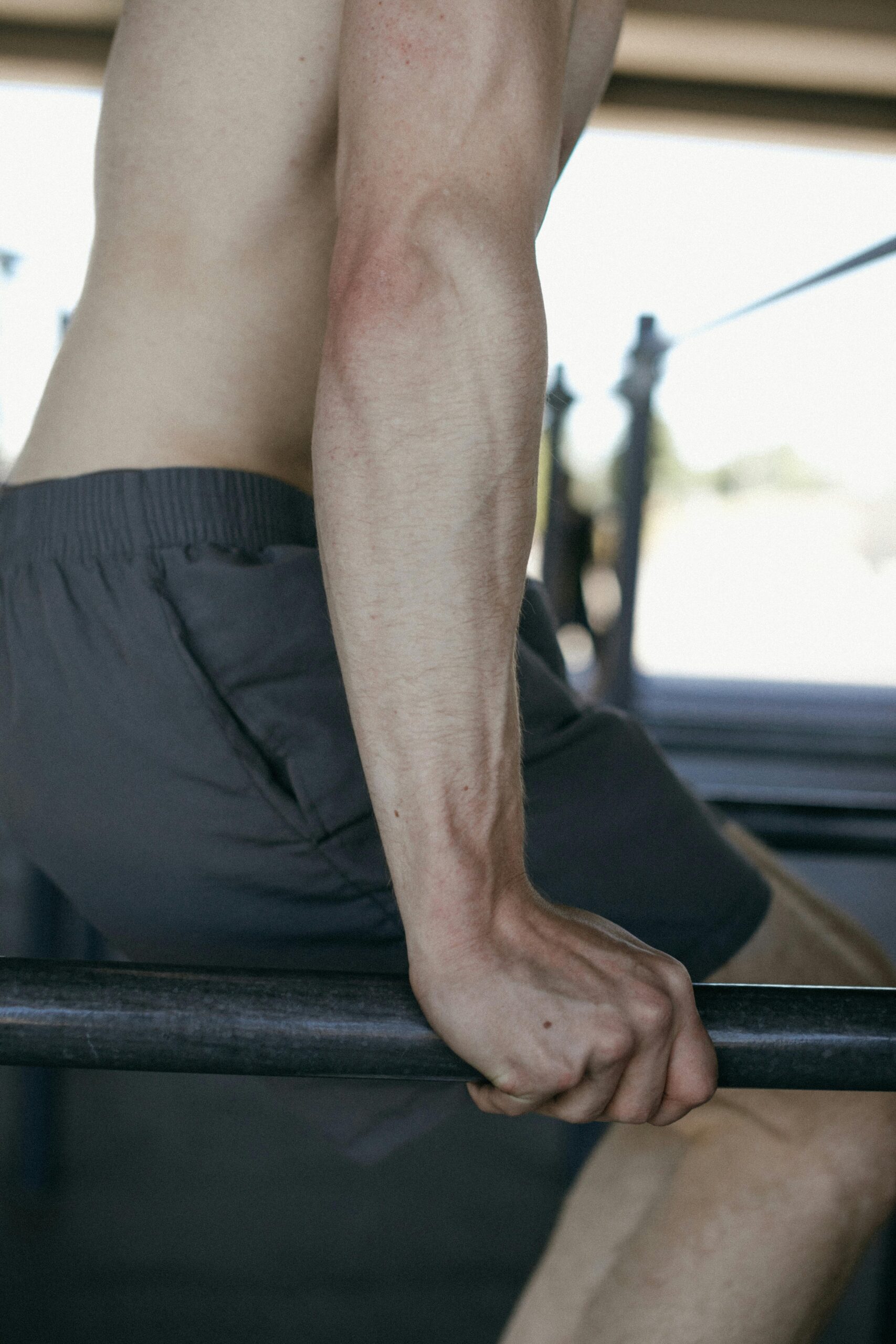Effective Ways to Build Upper Chest Muscles in 2025: Proven Techniques to Enhance Your Routine
Building upper chest muscles is critical for achieving a well-defined pectoral structure and an aesthetically pleasing physique. In 2025, more trainers and fitness enthusiasts are focusing on specialized techniques to develop the upper portion of the chest, often overlooked in traditional routines. With a solid plan and structured exercises, anyone can enhance their upper chest muscles, making significant strides in their fitness journey.
This article will provide you with effective methods to strengthen your chest muscles, focusing on progressive overload and diverse workout routines. You’ll discover the best exercises for the upper chest, insights into bodybuilding techniques, and practical tips for ensuring you are maximizing your workouts. We will also discuss how to integrate nutrition and recovery strategies to support your muscle growth.

By the end of this article, you will understand the fundamental components of upper chest training, effective workouts for different fitness levels, and how to achieve your upper body fitness goals.
Essential Techniques to Enhance Upper Chest Strength
Understanding Upper Chest Musculature
Before diving into exercises, it’s essential to understand the anatomy of the upper chest muscles. The upper pectoralis major is primarily responsible for the shape and size of the upper chest region. Engaging this muscle correctly during workouts is crucial for developing symmetry and depth. Proper knowledge of how muscles function can improve exercise efficacy.
To maximize hypertrophy (muscle growth), leverage variations of upper chest exercises that specifically target this area. Compound movements, such as incline bench presses, and isolation exercises, like dumbbell flies, can effectively stimulate upper chest development. Focusing on these while ensuring correct form can help prevent injuries and promote efficient training.
Progressive Overload: The Key Principle
Progressive overload is a fundamental principle in strength training. By gradually increasing the weight, reps, or intensity of your workouts, you can continually challenge your muscles and stimulate growth. This technique is especially vital for the upper chest, as it often requires specific focus to see results.
When implementing progressive overload in your upper chest routine, consider incrementing weights by small amounts and ensuring you’re challenging your muscles without sacrificing form. Track your workouts diligently in a training journal to monitor your progress and adjust your plan as needed.
Personalized Upper Chest Workout Routine
Creating a personalized workout routine is essential for sustainable results. An effective routine should include a mix of compound and isolation exercises targeting the upper chest. Here’s a sample routine to get started:
- Incline Barbell Bench Press – 3 sets of 8-12 reps
- Dumbbell Flys on an Incline – 3 sets of 10-15 reps
- Incline Push-Ups – 3 sets to failure
Adjust the number of sets and reps according to your skill level and fitness goals. This routine offers balanced engagement of the upper chest while allowing you to progressively overload.
Best Exercises for Building Upper Chest Muscles
Incline Bench Press Techniques
The incline bench press is one of the most effective exercises for building upper chest strength. By adjusting the bench to a 30-45 degree angle, you can effectively target the upper portion of the pectoral muscles. Ensure your grip is just outside shoulder width and control the bar throughout the movement.
For better results, varying your grip can induce different muscle activation patterns. Try using a neutral grip (palms facing each other) on some sets to recruit different muscle fibers, promoting overall growth in the upper chest.
Dumbbell Flys: Unlocking Muscle Engagement
Dumbbell flys on an incline bench offer a fantastic isolation technique to enhance upper chest muscle development. By maintaining a slight bend in your elbows and lowering the dumbbells wider than your shoulders, you promote a maximum stretch in the pectorals, vital for inducing hypertrophy.
Common mistakes include using too much weight, which can compromise form and increase injury risk. Focus on slow and controlled movements to ensure you feel the stretch and contraction of the upper chest muscles effectively.
Effective Push-Up Variations
Push-ups are a classic yet powerful exercise for upper chest training. While regular push-ups target the entire chest, you can emphasize the upper chest by placing your feet on an elevated surface, creating a decline effect. This modification shifts the body weight focus onto the upper pectorals, allowing for better muscle engagement.
Experiment with different intervals and angles to keep your muscles guessing. For instance, switching between close-grip and wide-grip push-ups can help target the upper chest uniquely while enhancing overall stability.

Nutritional Strategies to Support Muscle Growth
The Role of Nutrition in Muscle Development
Nutrition plays a pivotal role in building upper chest muscles. Consuming a diet rich in protein and other essential nutrients will help fuel your workouts and support recovery. Aim for a protein intake of around 1.6 to 2.2 grams per kilogram of body weight to promote muscle hypertrophy.
Incorporating whole foods such as lean meats, eggs, dairy, legumes, and high-quality protein supplements can help fulfill these protein needs effectively. Additionally, ensure you’re consuming adequate carbohydrates and healthy fats to provide energy for your workouts and recovery.
Hydration and Muscle Recovery
Staying hydrated is crucial for overall health and performance. Dehydration can severely impact your workout effectiveness and muscle recovery rates. Aim to drink ample water throughout the day, focusing on hydration before, during, and after workouts.
Incorporating electrolyte-rich beverages can also be beneficial, particularly during intense training sessions. Monitor your hydration levels and adjust your intake based on your workout intensity to fully support muscle function and recovery.
Common Mistakes in Upper Chest Training
Neglecting Form and Technique
One of the most common mistakes people make while training their upper chest is neglecting proper form. Ensuring correct posture and movement during exercises prevents injuries and promotes muscle engagement. Always focus on slow and controlled movements for maximum efficiency.
Seek guidance from a qualified trainer if you’re unsure about form. Utilizing mirrors or filming yourself can also offer insight into your performance and help improve technique.
Skipping Recovery Days
Recovery is just as essential as the workout itself. Overtraining can lead to fatigue and diminish progress in muscle hypertrophy. Allow your muscles time to recover with at least 48 hours of rest between upper chest workouts, letting the body rebuild and strengthen itself.
Incorporating active recovery days with light exercises, stretching, or mobility work can help maintain muscle health while promoting blood flow to support recovery. Balance between work and recovery is vital for long-term success.
Q&A: Common Questions About Upper Chest Training
How often should I train my upper chest?
For optimal results, consider training your upper chest 1-2 times per week. This frequency allows for ample recovery while providing enough stimulus for muscle growth.
Are machine exercises better than free weights for upper chest training?
Both machines and free weights have their benefits. Machines can provide stability, making them a good choice for beginners, while free weights promote muscle coordination and engaging stabilizers. Incorporating both can lead to well-rounded development.
What should I do if I hit a plateau in my upper chest training?
Consider changing your workout routine by adjusting weights, reps, or the types of exercises you are performing. Utilize advanced techniques such as drop sets or supersets to add variety and new challenges to your regimen. Tracking your workouts can help you identify patterns and areas needing adjustments.
In summary, building upper chest muscles effectively involves a strategic approach combining well-structured workouts, proper nutrition, and recovery. Focus on mastering movements, maintaining consistent progress, and addressing common pitfalls to enhance your upper body strength and appearance.
